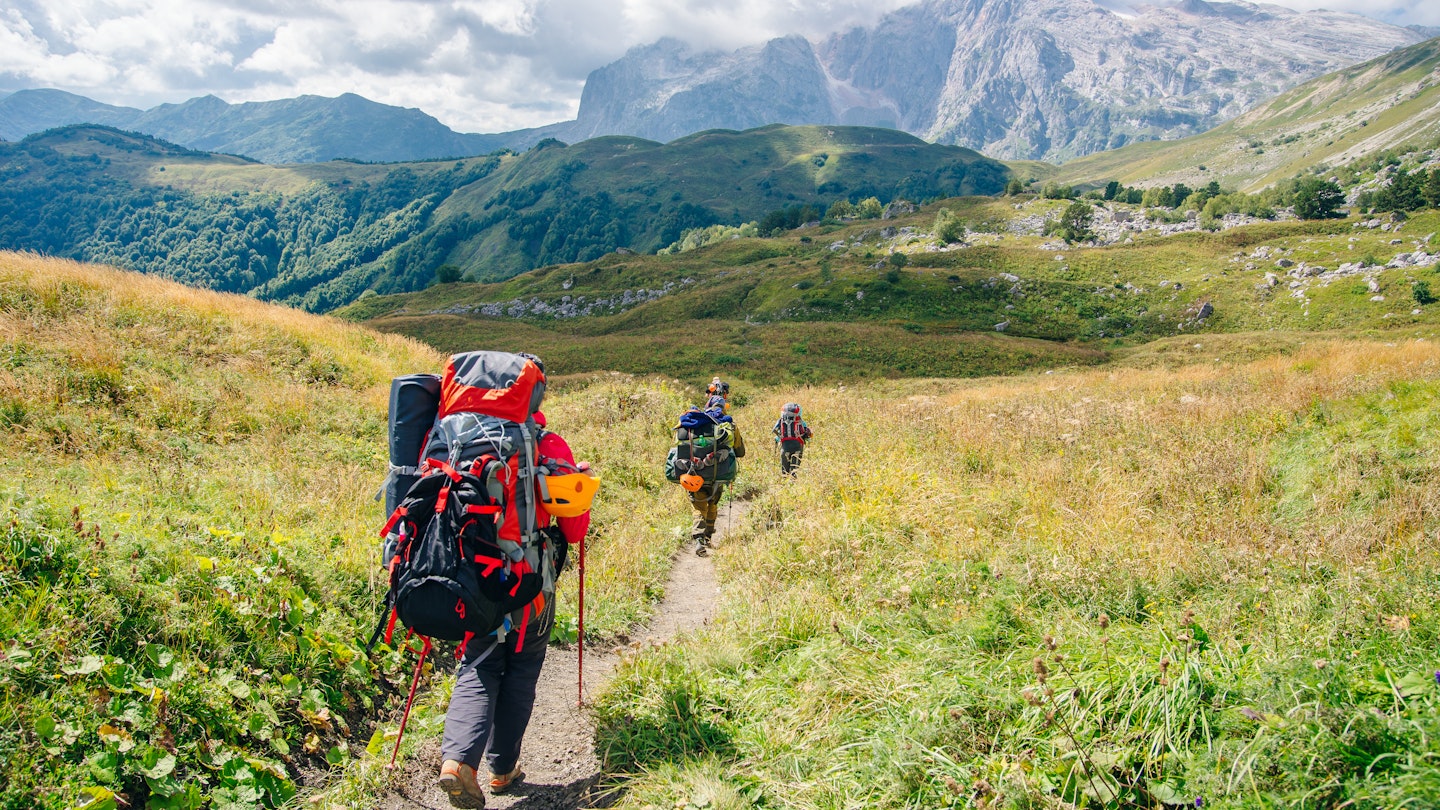Packing Tips for Backpacking Adventures
You’ve planned your dream backpacking trip, and an unforgettable adventure awaits you. However, before you can embark on this journey, there is one crucial task left: packing.
If you’re unsure where to start, whether your travels will take you across one country or ten, this essential guide will help you avoid backaches and broken zippers while packing for an epic backpacking experience.

How to Pick the Right Backpack
Before deciding what to pack, determining the right backpack is essential. With numerous brands and models available, selecting the perfect fit can feel overwhelming. While some assert that it’s possible to travel for months with just a small carry-on, others recount their struggles with oversized packs weighing them down.
The ideal size lies between 40 to 70 liters for long-term trips. Be cautious not to overstuff your backpack. First-time travelers often feel the urge to take everything, “just in case”; however, minimizing options is key to successful packing.
For instance, the Kelty Redwing 50 offers a durable 50-liter pack with an internal frame, making it suitable for both trekking and hostel hopping.
Visit outdoors stores to try various backpacks to find your fit. Remember, a comfortable fit for a tall companion may not work for someone with a smaller frame. Adjust shoulder straps and hip belts to ensure maximum comfort.
A quality day pack is also essential. You can store it inside your main pack or use it as hand luggage. The Osprey Ultralight Stuff Pack is lightweight, weighing just over 5oz (around 150g).

Packing Cubes and Compression Sacks
To maximize space in your backpack, consider using compression sacks. They save space while keeping your clothes clean and organized, and are especially useful for separating dirty clothes from fresh ones.
Packing cubes allow you to store complete outfits, making it easier to find what you need, especially in cramped conditions like a camper van or while camping.
- For the ultimate packing cubes, consider options like Shake Pak, which come in various sizes.
- To prevent spills, store toiletries in clear, waterproof bags that are TSA-approved.
Always Pack Versatile Clothing
Crafting a “capsule wardrobe” is one of the best strategies for looking good on the road. Focus on a neutral color palette and layering options to mix and match outfits easily. Even a few tops paired with well-chosen accessories can create multiple looks.
A large scarf or sarong can serve multiple purposes: it keeps you warm, acts as a cushion for long journeys, and provides coverage when visiting sacred sites. Look for versatile items like the Mer Sea travel wrap, which is both stylish and functional.
Health Essentials and Creature Comforts
A compact first-aid kit is a must. However, unless you’re heading to a remote location, you likely do not need excessive quantities of medications. A small kit containing essentials such as pain relief, antiseptics, and motion sickness tablets should suffice.
For your comfort, don’t forget earplugs, an eye mask, and possibly calming lavender oil to aid sleep while traveling.
- A pair of reusable earplugs can be an essential travel tool.
- A silk eye mask can block light during your rest, especially in hostels.
- For relaxation, consider bringing organic lavender essential oil.
Eco-friendly Kit
As we progress into 2024, adopting eco-friendly practices is more important than ever. Bring a reusable water bottle with a built-in filter, like the stainless steel LifeStraw Go, and opt for refillable toiletries whenever possible.
Additionally, remember to pack environmentally-friendly sunscreen that is safe for coral reefs.
Tech and Entertainment
Most travelers will carry some technology, even if it’s just a smartphone. Ensure you bring necessary chargers, a global adaptor, and possibly a portable battery for essential devices.
Consider downloading necessary apps before departure to avoid dependency on unreliable wi-fi. Limit physical books—if you enjoy reading, e-readers are a great space-saving alternative.
Padlocks and Backup Documents
A small padlock for your backpack zippers can deter theft, while larger locks work for securing lockers in hostels. Always maintain digital and hard copies of vital documents, such as your passport and insurance papers, to prevent complications if lost.
What Not to Pack
- Sleeping bags: Usually banned in hostels to prevent bedbugs, they often provide clean sheets instead.
- Hairdryers and high heels: Embrace a more casual look; a local salon can help for special occasions.
- Neck pillows: Unless inflatable, they may take up too much space.
- Sentimental items: Leave irreplaceable items at home for safety.
- Standard towels: Most prefer microfiber towels, but personal choice varies; take only what you truly need.
This guide serves as a comprehensive resource to prepare you for your backpacking journey. By following these tips, you’ll be well-equipped and ready for unforgettable adventures with GoTravelDaily.





